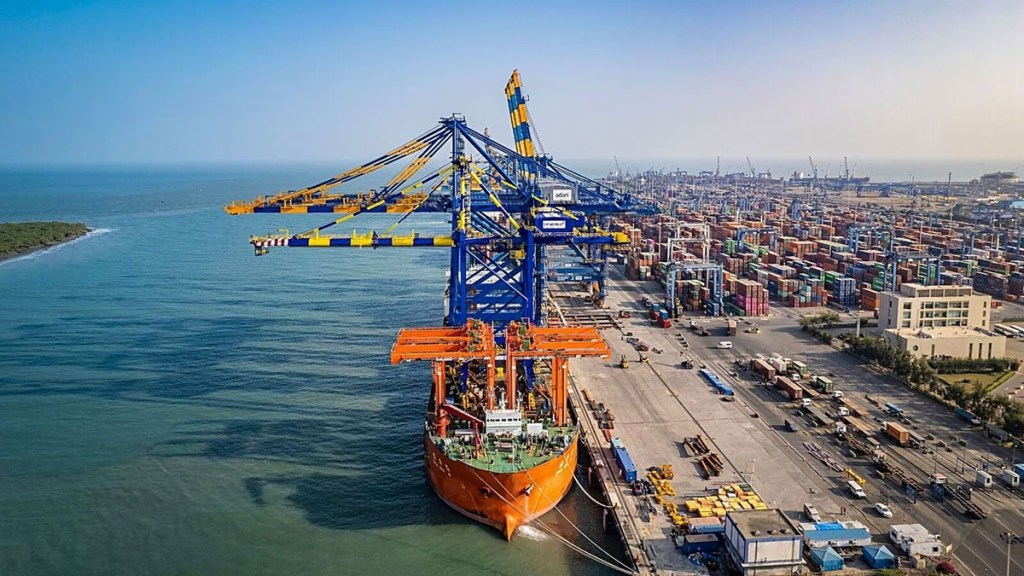– By HDFC Asset Management Company Limited
According to the Reserve Bank of India (RBI), India’s Current Account Deficit (CAD), which was 3.8% of GDP in Q2FY23, has narrowed to 1% of GDP in Q2FY24, primarily due to lower merchandise trade deficit and growth in services exports. Emerging economies have been a beneficiary of the theme “China Plus 1”, wherein multinational companies are moving supply chains away from China to mitigate concentration and geopolitical risks. Herein, we have modified the concept to “China Plus Few” to signify multiple beneficiaries. Favourable policy environment, relatively lower cost, large labour force, and a large domestic market support India’s ‘right-to-win’, and manufacturing prospects in India.
India becoming a Manufacturing Hub with Investments shifting to India
Development of infrastructure has a multiplier effect on demand and efficiency of logistics which increases manufacturing competitiveness, and increases commercial and entrepreneurship opportunities. As India prepares for Amritkaal, the Government’s mission is to build India’s infrastructure to a scale that would cater to the domestic and international demands. For supporting this mission, the Government has been stepping up its capex and announcing a slew of supportive policies like conducive tax environment, Production-Linked Incentives (PLI) for different sectors.
Since the pandemic, Government capex has risen sharply, with centre and state capex estimated to rise to ~6% of GDP in FY24 from 3.6% in FY20.
Investment in assets by listed companies stood at Rs 8.1 lakh crore on a trailing 12-month basis as of Sep-23 – 17% higher than Sep-22 levels. These levels are expected to rise over the medium term on the back of PLI, policies around Make in India, low corporate tax, deleverage balance sheets and others.
Increased Manufacturing gradually changing the mix of India’s Exports
Over the past few decades, India’s foreign trade has boomed on the back of export incentives, reduced tariffs, procedural simplification, improved finance facilities. This has not only been seen in India’s rising share in world exports, but also in the share of India’s total trade (sum of exports and imports) in GDP, which has risen from ~15% in the early 1990s to ~50% in 2022. Just to give context of the positive impact of this theme, the world’s largest mobile manufacturing company ramped up capacity at its manufacturing partners, and has achieved over Rs 60,000 crore production in 7MFY24, with a targeted production of ~Rs 1 lakh crore worth of smartphones in India by end of FY24.
More importantly, the competitiveness of exports of complex products has improved over the past decade. With India transitioning from traditional labour-intensive exports to higher value-added products, complex product categories such as chemicals, engineering, electronics, and petroleum have shown an improvement in the share of exports.
Other Emerging Economies benefitting from China + Few Theme
Since the years leading to the pandemic, the United States (US) had been placing sizable tariffs and restrictions on trade on a wide array of goods imported from China leading to an escalation of the trade war. With the pandemic adding fuel to the fire, as per Deloitte Insights, between 2017 and second-half of 2023, the share of US imports from China fell 7.2%, which is equivalent to ~USD 225 billion. The countries that have proven to be best positioned to benefit from the diversification of the supply chain from China have been Mexico, Vietnam, Taiwan, and India, which have collectively added 5.1% to their share of US goods imports during the same period.
(HDFC Asset Management Company Limited (HDFC AMC)).
(Disclaimer: Views expressed are personal and do not reflect the official position or policy of Financial Express Online. Reproducing this content without permission is prohibited.)


